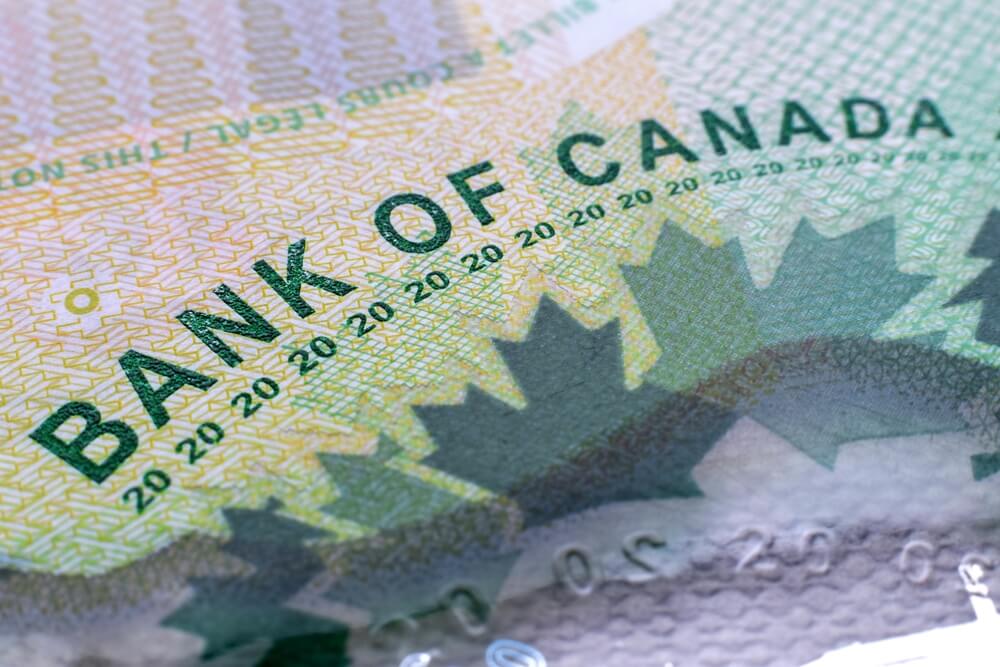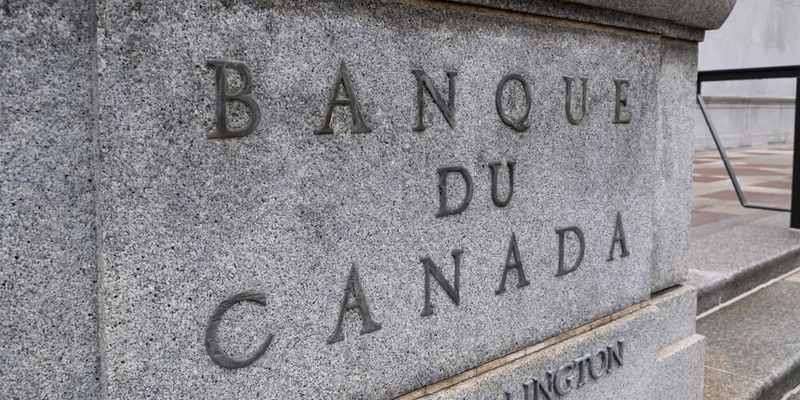
If you are not redirected within 30 seconds, please click here to continue.
Samedi: 10h – 16h HAE

If you are not redirected within 30 seconds, please click here to continue.
If you are not redirected within 30 seconds, please click here to continue.
3 Reasons Why You Need to Contribute to Your RRSP Now

Why is everyone always rushing to contribute to RRSPs this time of year? And does it makes financial sense for you to make extra contributions before the March 1 deadline?
This time of year is often referred to as RRSP season, as many of us rush to make contributions before the RRSP contribution deadline on March 1, 2019. But what does this deadline mean? The contribution deadline ensures your contributions count towards the 2018 tax year, which will then reduce your overall income tax burden and, more importantly, help you save more for your future.
The deadline is important and making a few extra contributions is financially savvy. But if you’re in debt or don’t have the extra cash, it can be hard to justify making that contribute more. Wondering if it makes sense for you to make those extra contributions? Here are a few things to consider.
You can save on your income taxes
When we think about income tax we often think about the dollar amount we are required to pay in federal and provincial tax. But what many don’t realize is that as you make more money, the amount of income tax you pay increases. One way to save on your income tax is by making more RRSP contributions. RRSP contributions are deductible on your total income earned, and therefore, the more you contribute, the less you pay less in taxes. Confused? Here are two examples of how a contribution can help you save in income taxes.
Example 1
Joe lives in Ontario and earns $50,000 a year. Therefore, he needs to pay approximately $10,500 in federal and provincial income taxes combined. However, if Joe contributes $1,000 to his RRSP, he will only be taxed on $49,000. The amount of federal/provincial income tax he owes would be reduced by $297 - he would only need to pay $10,203 in taxes.
Example 2
Jillian lives in Ontario and earns $150,000 a year. Therefore, she needs to pay approximately $47,168 in federal and provincial income taxes combined. However, if she makes a $1,000 contribution to her RRSP, she will only be taxed on $149,000. The amount of federal/provincial income tax she owes will be reduced by $464 – she would only need to pay $46,704 in taxes. It should be noted that the more you earn, the more you’ll save on even the smallest contribution. However, you are also paying more in income tax at the end of the day. Jillian and Joe both contributed the same amount to their RRSP. But since Jillian is making more, she is saving more on her income taxes. Point is, figure out what your marginal tax rate is, and see if you can contribute enough to your RRSP to lower your income into the next lowest tax bracket. If you’re in a lower tax bracket, you’ll pay less in taxes.
These are the federal tax rate brackets for 2018
- 15% on the first $46,605 of taxable income +
- 5% on the next $46,603 of taxable income (on the portion of taxable income over 46,605 up to $93,208), +
- 26% on the next $51,281 of taxable income (on the portion of taxable income over $93,208 up to $144,489), +
- 29% on the next $61,353 of taxable income (on the portion of taxable income over 144,489 up to $205,842), +
- 33% of taxable income over $205,842.
Every province has different tax rate brackets so you’ll also need to calculate your provincial income tax rate as well.
You can even borrow to contribute
So you now understand that making an RRSP contribution can put you into a lower tax bracket and reduce your overall income tax burden… but you don’t have enough to make a contribution before the deadline. This may be a tricky decision to make, but you may want to consider borrowing money to make a contribution.
Warning: Before applying for a loan to facilitate your RRSP contribution, you should make sure you’re earning more interest on your investment than the amount of interest you’re paying on the money you borrowed. If you’re in a higher tax bracket, borrowing can make sense. Again, when you’re in a higher tax bracket, you’ll save more on your income tax by making even the smallest contribution to your RRSP. The money you save on your income tax can then be used to pay down the debt you borrowed. This method may be only for the most disciplined investors that will focus on paying off the loan quickly, rather than make interest payments on it continuously.
You can earn a lot of extra money if you contribute earlier
Even if you can’t make a last-minute contribution before the deadline, consider contributing more throughout the year, making 2019 the year that you accumulate more in interest than ever before. You’re probably well aware that in any investment account, the earlier you make a deposit, the more money you make in interest and compound interest (the money you earn on the interest you make from your investments). Investing early also means you can take advantage of dividends your investment might pay year round.
Contributing earlier and making more on your investment sounds great, but it doesn’t really mean much unless you really see how much you’re missing out on.
Below is a chart that shows the difference between investing the same money at the beginning of the year compared to at the end, earning a 5% annual return:
| After # of years | If contribution at start of year | If contribution at end of year | Difference in $ | Annual return in % |
|---|---|---|---|---|
| 1 | 5,250 | 5,000 | 250 | 5% |
| 2 | 10,763 | 10,250 | 513 | 5% |
| 3 | 16,551 | 15,763 | 788 | 5% |
| 4 | 22,628 | 21,551 | 1,078 | 5% |
| 5 | 29,010 | 27,628 | 1,381 | 5% |
| 6 | 35,710 | 34,010 | 1,700 | 5% |
| 7 | 42,746 | 40,710 | 2,036 | 5% |
| 8 | 50,133 | 47,746 | 2,387 | 5% |
| 9 | 57,889 | 55,133 | 2,757 | 5% |
| 10 | 66,034 | 62,889 | 3,144 | 5% |
| 11 | 74,586 | 71,034 | 3,552 | 5% |
| 12 | 83,565 | 79,586 | 3,979 | 5% |
| 13 | 92,993 | 88,565 | 4,428 | 5% |
| 14 | 102,893 | 97,993 | 4,900 | 5% |
| 15 | 113,287 | 107,893 | 5,395 | 5% |
| 16 | 124,202 | 118,287 | 5,914 | 5% |
| 17 | 135,662 | 129,202 | 6,460 | 5% |
| 18 | 147,695 | 140,662 | 7,033 | 5% |
| 19 | 160,330 | 152,695 | 7,635 | 5% |
| 20 | 173,596 | 165,330 | 8,266 | 5% |
*Chart first published in Macleans Magazine. Calculations by: Objective Financial Partners Inc.
As the deadline approaches, it's important to understand if a contribution makes sense for you.
And even if you earned less this year, you can still make a contribution and claim it in a future year when you’re in a higher tax bracket and can save even more in taxes. While waiting, that money will continue to grow tax sheltered in your RRSP.
Remember that this encourages you to save some more of your own money instead of essentially handing over your money to the government in income taxes – this is money you won’t see again, whereas you will see your RRSP investment again.
Get money-saving tips in your inbox.
Stay on top of personal finance tips from our money experts!










